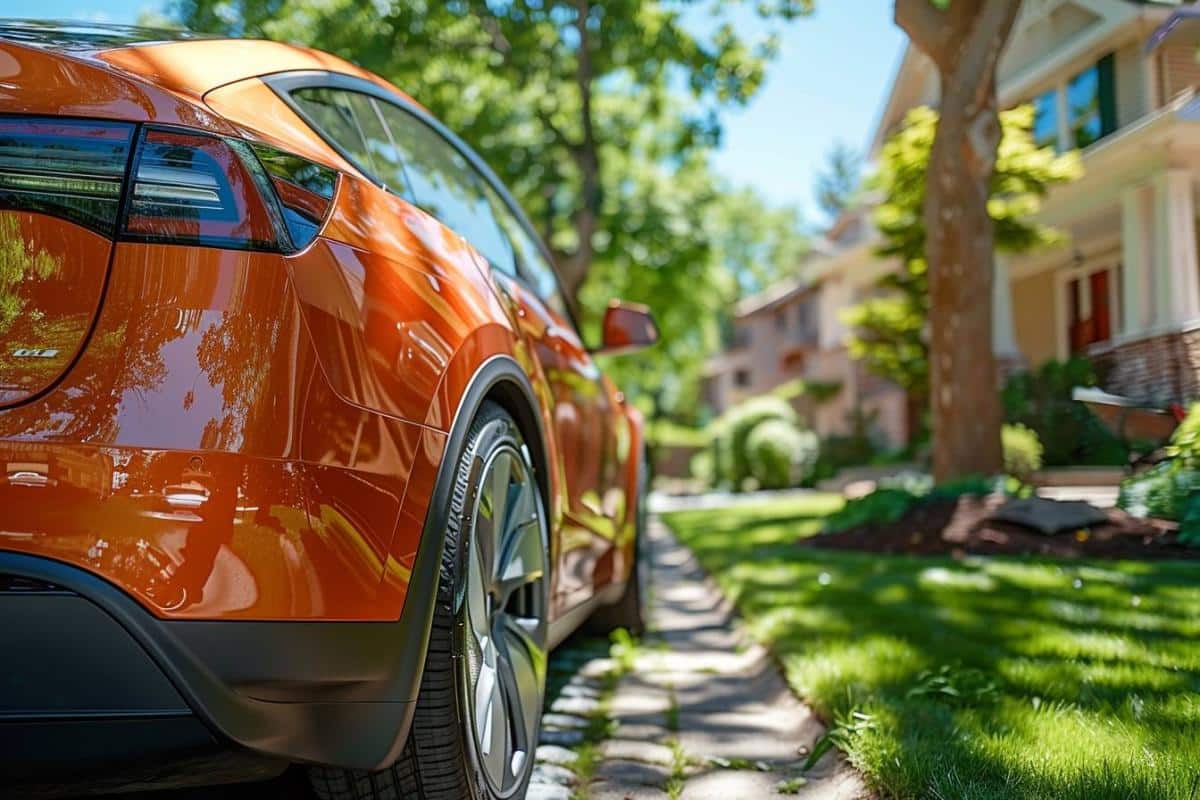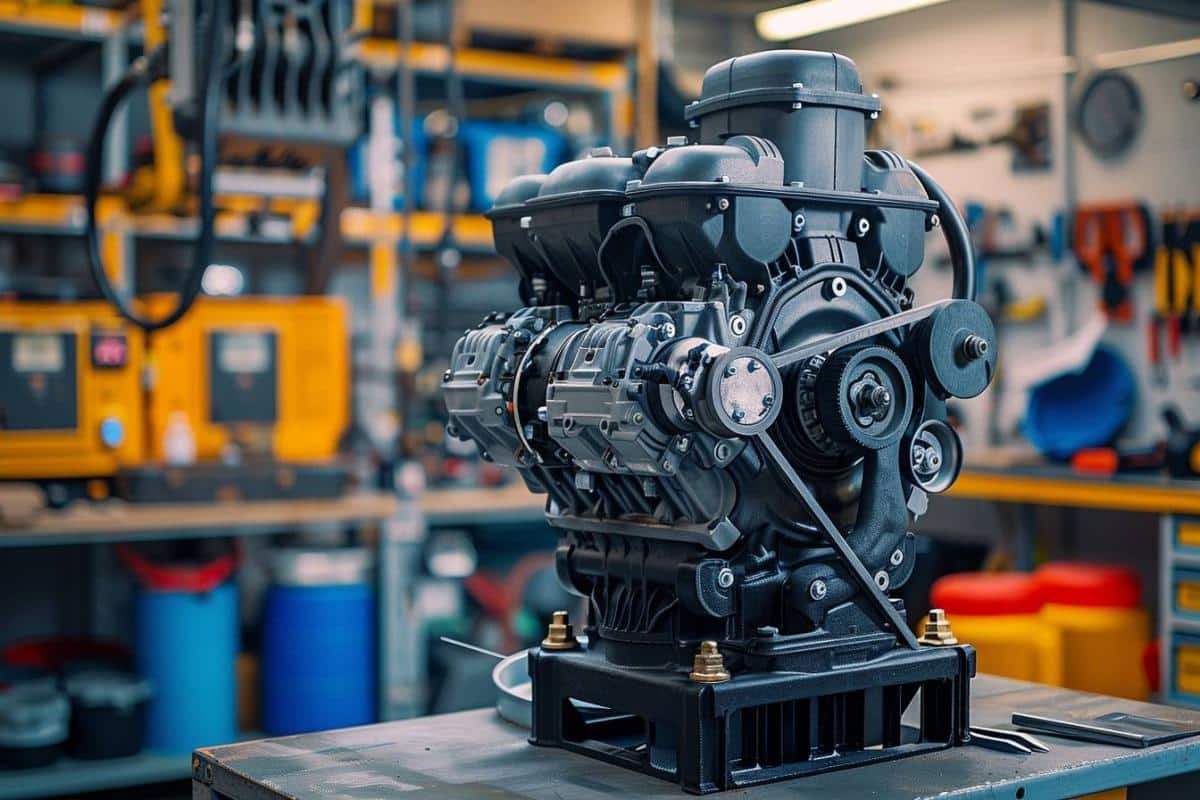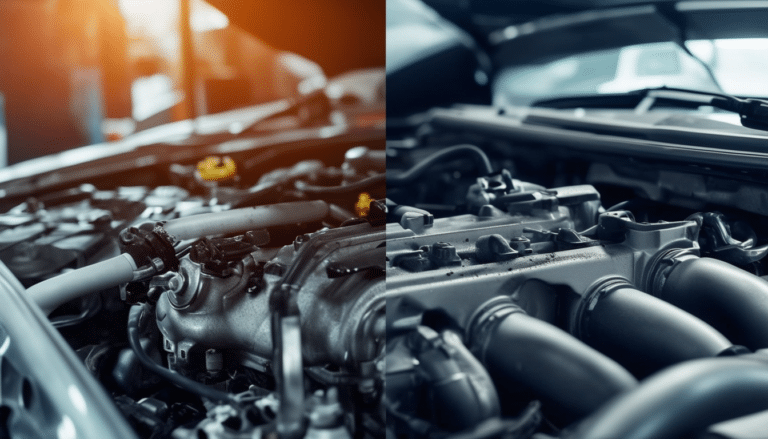This strange technique turns your car into eco-friendly (find out how)

Converting your car into an eco-friendly vehicle is a wise decision that can benefit both the environment and your wallet. With the rise of Low Emission Zones (LEZ) in Spain since January 2023, many people are seeking more sustainable alternatives. One prominent option is the use of Liquefied Petroleum Gas (LPG), also known as Autogas. Let’s explore how you can transform your car into a more eco-friendly one and what steps to take to achieve this.
SUMMARY:
| key points | details |
|---|---|
| 🌱 Converting to LPG | Install a tank, converter, pipes, injectors, and specific sensors. |
| 🔄 Conversion process | Select workshop, remove tire, install LPG and pass vehicle inspection. |
| 💡 Advantages of LPG | Lower emissions, fuel savings, greater range, access to LEZ. |
| 🔋 Electric alternative | Costly and complex process that eliminates pollutant emissions. |
What is LPG ?
Liquefied Petroleum Gas, or LPG, is a mixture of gases composed mainly of propane and butane. It is obtained through the distillation of crude oil and is the most widely used alternative fuel worldwide. Countries like Germany, the Netherlands, France, Italy, and Portugal have high acceptance of LPG, while in Spain its use is still limited, with approximately 150,000 cars utilizing it.
Transforming your car to run on LPG involves installing a gas tank in place of the spare tire, adding a converter to change the state from liquid to gas, installing specific pipes and injectors, and sensors. It is a very commonly used option in gasoline vehicles due to its lower conversion cost, which ranges between 1,500 and 3,000 euros.
Moreover, cars converted to LPG can obtain the ECO label, which provides benefits such as lower road taxes and access to low emission zones, although this depends on certain certification requirements. A gasoline car must meet Euro 3 emission standards or later and be registered from 2001 onwards to be eligible. For diesel engines, they must comply with Euro 4 standards or higher and be registered from 2006 onwards.
Steps to install LPG in a diesel or gasoline car
The conversion of a vehicle to LPG is not a complicated process, but it requires certain steps and considerations :
- Choose a specialized and certified workshop.
- Remove the spare wheel and install the LPG tank.
- Add a converter that transforms the gas from liquid state to gas.
- Install the specific pipes and injectors for LPG.
- Add the necessary sensors to monitor the system.
- Conduct certification tests and pass the Technical Vehicle Inspection (ITV).
For diesel vehicles, the process includes maintaining a minimum of 30% diesel for the engine to operate properly. Diesel engines operate on compression and do not allow complete substitution of diesel with LPG. This procedure ensures that the car meets the regulations and obtains the ECO label.

What are the advantages of converting a diesel (or gasoline) car to LPG ?
Converting your vehicle to LPG offers multiple benefits :
- Lower pollutant emissions : Cars with LPG emit less carbon dioxide (CO2) and NOX particles.
- Fuel savings : Although the consumption of LPG is 10% higher than that of gasoline, the cost of LPG is significantly lower.
- Increased range : Installing a second tank allows for switching between LPG and gasoline, thereby extending the vehicle’s range.
- Access to low emission zones : The ECO label allows entry into restricted areas and may result in lower road taxes.
An interesting aspect is the amortization of the investment in converting to LPG. This depends on the use of the vehicle, but generally falls between 30,000 and 50,000 kilometers driven. Additionally, there are trends and technological innovations that are making conversion more efficient.
Convert your car to an electric car
In addition to LPG, there is another eco-friendly alternative : converting a combustion car into an electric vehicle through retrofit. This process is more costly and complex, but it reduces pollutant emissions to zero.
In Spain, the conversion of cars to electric is done by removing the entire original propulsion system and replacing it with an electric one. The total cost of this process can be around 25,000 euros. Vehicles converted to electric can obtain the 0 emissions label, which is essential for freely circulating in Low Emission Zones (LEZ).
The adoption of this technology is on the rise and is expected to increase significantly in the future, alongside advancements in cybersecurity described in challenges of cybersecurity.
Use eco-friendly tires
Another way to contribute to a cleaner environment is to opt for eco-friendly tires. These tires are designed with sustainable materials and technologies that reduce rolling resistance, leading to lower fuel consumption and reduced CO2 emissions.
Benefits of eco-friendly tires :
- Reduction of fuel consumption.
- Lower CO2 emissions.
- Increased durability of the tire.
- Better grip and safety on the road.
Incorporating eco-friendly tires into your car is an investment that not only benefits the environment but can also result in long-term economic savings.
Besides the tires, there are other practices you can adopt to make your car more eco-friendly, such as reducing air conditioning use, lightening the vehicle’s load, and washing the car at specialized centers. Every little effort counts, and collectively, they can have a significant impact.
Comparative table of fuels
| Fuel | CO2 emissions (g/km) | Cost per liter (euros) | Average consumption (l/100 km) |
|---|---|---|---|
| Gasoline | 130 | 1.50 | 8 |
| Diesel | 120 | 1.35 | 6.5 |
| LPG | 110 | 0.75 | 9 |
| Electric | 0 | 0.20 (per kWh) | 17 kWh/100km |
Where can I convert my diesel car to LPG ?
The conversion of diesel cars to LPG must be carried out in specialized and certified centers. There are workshops, such as those in the Eurekar network backed by RACE, which guarantee the correct installation and adaptation of vehicles to LPG.
Obtaining the ECO label depends on complying with emission regulations and passing the ITV, which certifies that your vehicle conforms to current regulations. This recognition is key for circulation in the LEZ and obtaining tax benefits.
Additionally, to maintain certification and optimal performance, it is crucial to perform regular maintenance and follow the recommendations of the LPG system manufacturer.
If you are looking for more information on how new technologies can integrate into vehicles, I invite you to explore articles on artificial intelligence and cybersecurity in the industrial sector. These innovations are transforming the way we understand and use automobiles, making driving a more efficient and sustainable experience.
<?php




